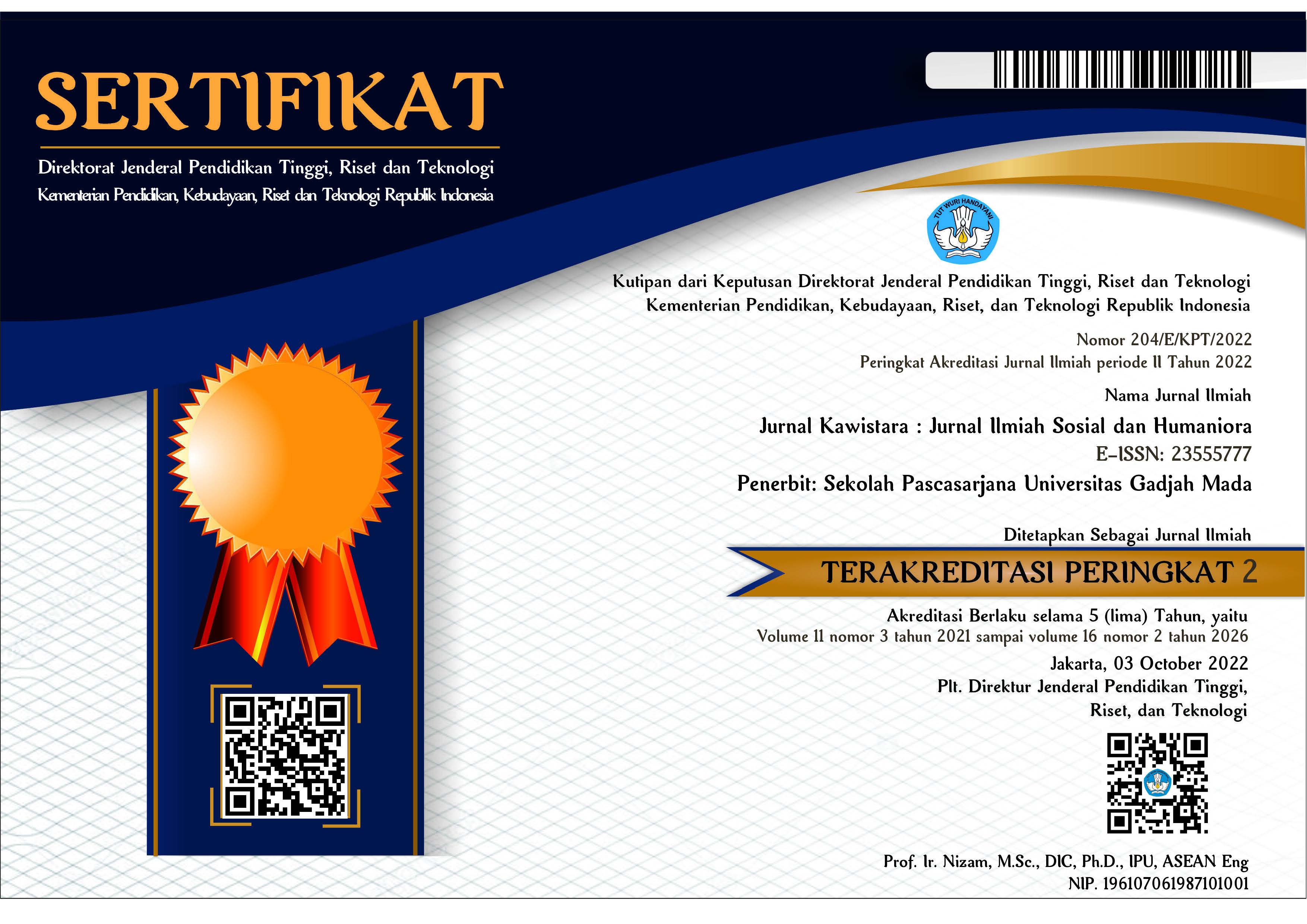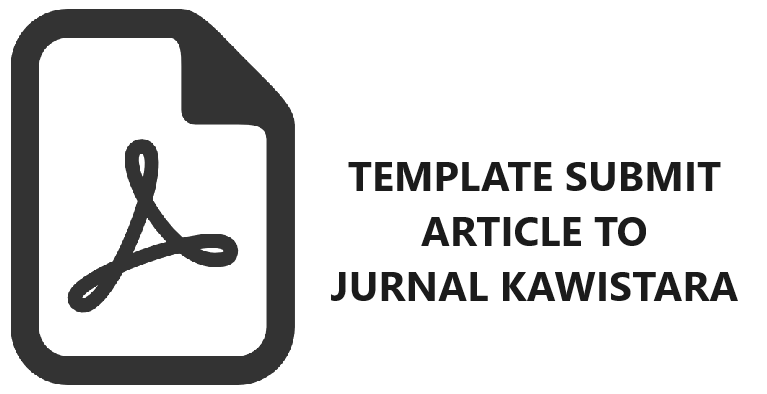ANALISIS MODEL 4As PADA KESEDIAAN MENGGUNAKAN KREDIT USAHA RAKYAT
Rofikoh Rokhim(1*), Iin Mayasari(2)
(1) Universitas Indonesia
(2) Universitas Paramadina, Jakarta
(*) Corresponding Author
Abstract
The development of the business world is not only dominated by big business actors, but also medium, small, and even micro. These micro-scale business actors are given the opportunity to thrive. People Business Credit Program (Kredit Usaha Rakyat) is applied as an innovative product that is specifically for micro entrepreneurs. This research aims to study four approaches of availability, affordability, awareness, and acceptability to analyze the willingness of using microfinance credit. This research uses a quantitative approach and multiple regression for the data analysis. The long-term goal of this research is to provide input for higher decision makers, companies, and local governments to develop better welfare and partnership strategies. This research found that the willingness of using microfinance credit was influenced by availability, awareness, and willingness to accept, except of affordability variable.
Keywords
Full Text:
PDFReferences
Ahmed, S. 2009. “Microfinance institutions in Bangladesh: Achievements and challenges”. Managerial Finance, 35(12): 999–1010.
Ajzen, I. 1991. “The theory of planned behavior”. Organizational behavior and human decision processes, 50(2): 179-211.
Anderson, J. dan N. Billou, 2007. “Serving the world’s poor: Innovation at the base of the economic pyramid”. Journal of Business Strategy, (28): 14-21.
Bandura, A. 1986. Social Foundations of Thought and Action: A Social Cognitive Theory. Englewood: Prentice Hall.
Casassus, J., P. Liu, dan K. Tang. 2009. Commodity Prices in the Presence of Inter-commodity Equilibrium Relationships. Working paper, Cornell University.
Chang, D. 2010. Examining The Factors That Influence Consumer’s Willingness To Use A Restaurant Recommendation Agent. Rotterdam: Erasmus University.
Cooper, D. R. dan P. S. Schindler. 2011. Business Research Methods. 11th ed. New York: McGraw-Hill Irwin.
Conrad, E., M. Michalisin, dan S. Karau. 2012. “Measuring Pre-Adoptive Behaviors Toward Individual Willingness to use IT Innovations”. Journal of Strategic Innovation and Sustainability, 8(1).
Davis, F.D. 1989. “Perceived usefulness, perceived ease of use, and user acceptance of information technology. Computer and Information Systems Graduate School of Business Administration University of Michigan Ann Arbor, Michigan 48109”. MIS Quarterly.
Davis, F.D., R.P. Bagozzi, dan P.R. Warshaw. 1992. “Extrinsic and intrinsic motivation to use computers in the workplace”. Journal of Applied Social Psychology, 22 (14): 1111-1132.
Demirguc-Kunt, dan L. Klapper. 2012. “Measuring financial inclusion: The global findex database”. World Bank Policy Research Paper, 6025.
Desai, K.K., dan W.D. Hoyer. 2000. “Descriptive characteristics of memory based consideration sets: Influence of usage occasion frequency and usage location familiarity”. Journal of Consumer Research, 27: 309-323.
Habib, M. dan L. Zurawicki. 2010. “The bottom of the pyramid: Key roles for businesses”. Journal of Business & Economics Research, 8:23.
Hanzaee, K. H., dan S. Khosrozadeh, 2011. “The Effect of the Country-of-Origin Image, Product Knowledge”. Middle-East Journal of Scientific Research, 8 (3): 625-636.
Imai, K. S., T. Arun, dan S. K. Annim, 2010. “Microfinance and Household Poverty Reduction: New Evidence from India”. World Development, 38(12): 1760–1774.
Keller, K.L. 2003. Brand synthesis: “The multidimensionality of brand knowledge”. Journal of Consumer Research, 29: 595-600.
Kaufmann, D., A. Kraay, dan M. Mastruzzi. 2007. “Governance mattersVI: Governance indicators for 1996-2006”. World Bank Policy Research Working Paper, 4280 (4280).
Kusuma, D. R. 2016. “11 Bank Ini Direkomendasikan Jadi Penyalur KUR.” Detik. Diakses pada tanggal 7 Januari 2016. <https://finance.detik.com/moneter/d-3111110/11-bank-ini-direkomendasikan-jadi-penyalur kur?_ga=2.225849562.1798373359.1534353267-2000899765.1534353264>.
Lim, K.L., G.N. Soutar, dan J.A. Lee. 2013. “Factors affecting investment intentions: A consumer behavior perspective”. Journal of Financial Services Marketing, 18(4): 301–315.
Mader, P. 2014. “Financialisation through microfinance: Civil society and market building in India”. Asian Studies Review, (38):601-619.
Rachman, V. Juni 2017. “Para jawaran di pembiayaan usaha mikro”. Majalah SWA XXIII.
Rokhim, R., I. Mayasari, dan P.M. Desiana. 2017. Analisis pembuatan keputusan pelaku usaha mikro terhadap penggunaan produk kredit usaha rakyat. Tidak Dipublikasikan.
Rogers, Everett M. 1995. Diffusion of Innovations. 4th edition. New York: The Free Press.
Sahoo, M.K dan M. Gomkale. 2015. “Financial inclusion in India: An empirical study of unorganized sector in Gujarat”. Information Management & Business Review, 7: 6-17.
Sawant, P., R.V. Kulkarni, dan S.D. Mundhe. 2013. “Customer satisfaction with e-banking: A comparative study of public and private sectors banks”. IUP Journal of Bank Management, 12(4): 29-44.
Sethia, N. 2005. “At the bottom of the pyramid:Responsible design for responsible business”. Design Management Review, (16):42.
Shah, C. dan R. Desai. 2013. “The 4As of rural marketing mix”. International Journal of Management and Social Sciences Resarch, 2(1): 6-12.
Sheth, J.N. dan R.H. Shad. 2003. “Till death do us part... but not always: Six antecedents to a customer's relational preference in buyer-seller exchanges”. Industrial Marketing Management, 32(8): 627-631.
Sheth, J.N. dan R.S. Sisodia, 2012. “The 4As of rural marketing mix”. International Journal of Management and Sosial Sciences Research, 2(1).
Shirazi, N. S., dan A. U. Khan. 2014. “Role of Pakistan poverty alleviation fund’s micro credit in poverty”. Pakistan Economic and Social Review, 47(2): 215–228.
Solomon, M. R. 2018. Consumer behavior: Buying, having, and being. New Jersey: Prentice Hall.
Subrahmanyan, S. dan F.T. Gomez-Arias. 2008. “Integrated approach to understanding consumer behavior at bottom of pyramid”. Journal of Consumer Marketing, (25): 402-412.
Suthar, B.K., T.L. Chakravarthi, dan S. Pradhan. 2013. “Assessing Effectiveness of Rural Marketing Mix in context to Bharat Sanchar Nigam, Vadodara Telecom District”. Global Journal of Management and Business Studies, 3: 503-518.
Taylor, S. dan P.A. Todd. 1995. “Assesing IT usage: The role of prior experience”. MIS Quarterly, 19(2): 561-570.
Thompson, R.L., C.A. Higgins, dan J.M. Howell. 1991. “Personal computing: Toward a conceptual model of utilization”. MIS Quarterly, 15(1): 124-143.
Venkatesh, V., M.G. Morris, G.B. Davis, dan F.D. Davis. 2003. “User Acceptance Of Information Technology: Toward A Unified View”. Management Information System, 27 (3): 425-478.
Vida, I. 2007. “Determinants of Consumer Willingness to Purchase Non-Deceptive Counterfeit Products”. Managing Global Transitions, 5 (3): 253–270.
Zhu, P.T. 2004. The relationship Among Community Identification, Community Tust, and Purchase Behavior The Case of RVs Communities. Masters Degree thesis, Shoufeng: Graduate School of International Business, National Dong Hwa University.
Article Metrics
Refbacks
- There are currently no refbacks.
Copyright (c) 2018 Jurnal Kawistara

This work is licensed under a Creative Commons Attribution-ShareAlike 4.0 International License.
Jurnal Kawistara is published by the Graduate School, Universitas Gadjah Mada.











